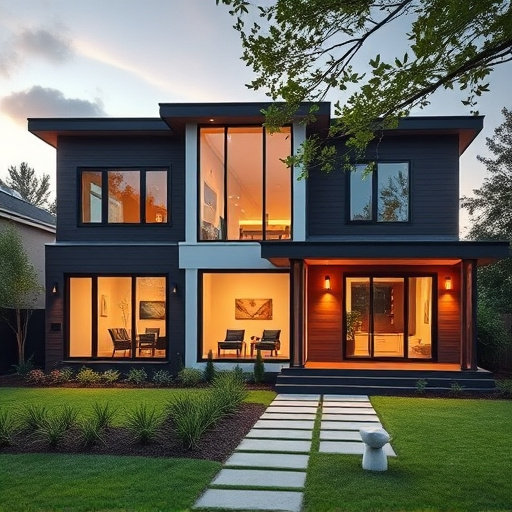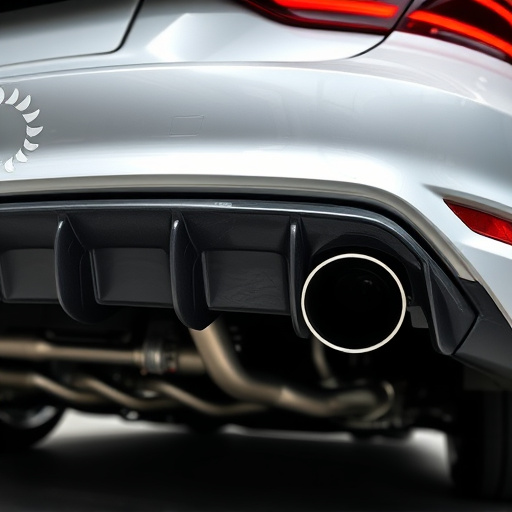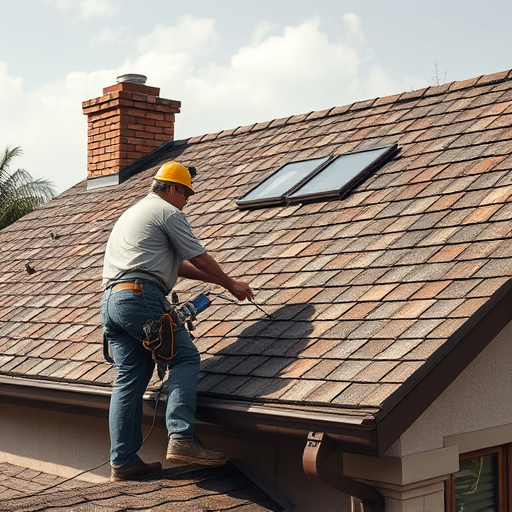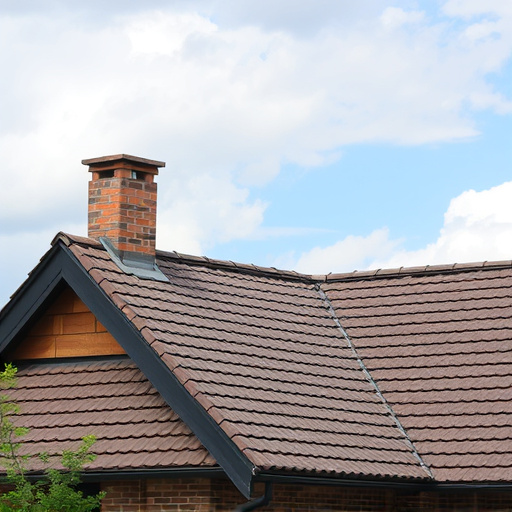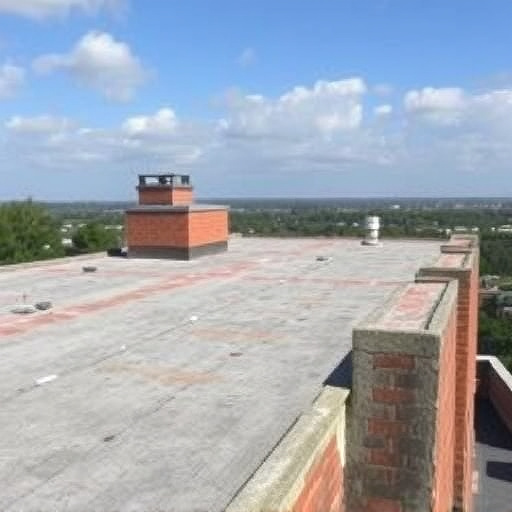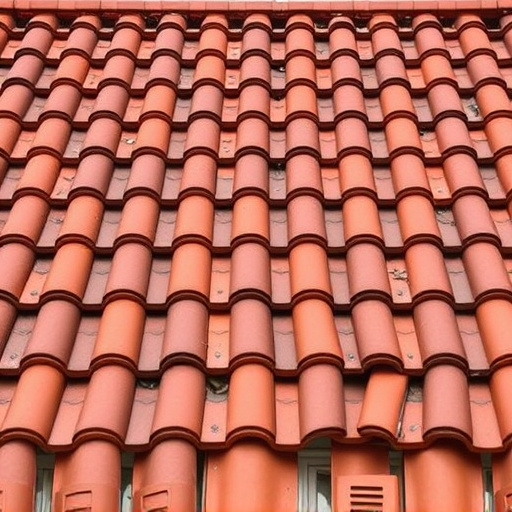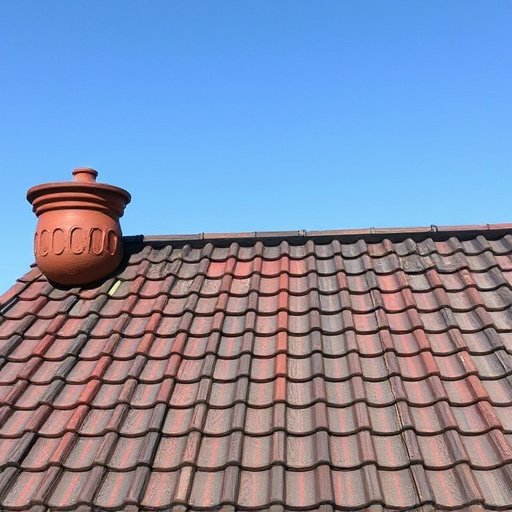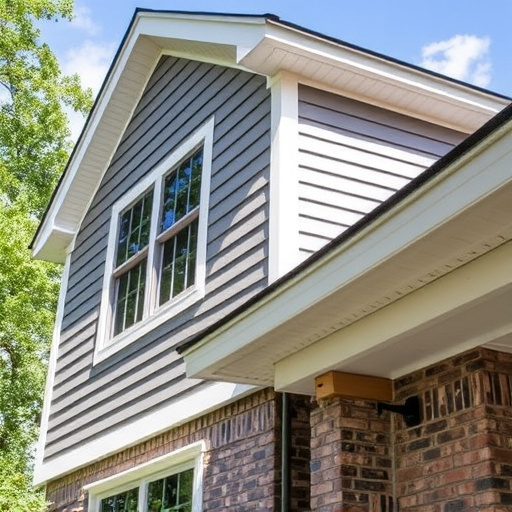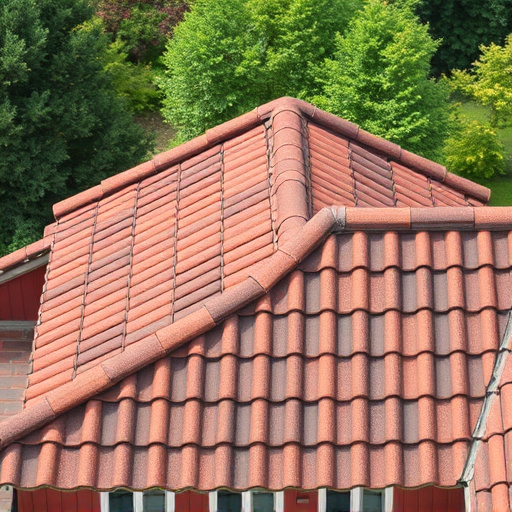Regular visual inspections are key to identifying defects in siding materials, crucial for commercial and residential properties alike. Look for cracks, splits, fading, mold growth, and improper installations. Prioritize high-quality, durable materials like vinyl, fiber cement or metal, ensuring secure fastening and uniform texture/color. Regular maintenance detects issues early, allowing prompt repairs to maintain property value.
Spotting defects in low-quality siding materials is crucial for ensuring your home’s exterior durability. This guide equips you with the knowledge to identify potential issues through meticulous visual inspections, scrutinizing material quality, and analyzing texture and color anomalies. Learn how to detect common signs of defects, understand key checkpoints for lasting durability, and become an expert in evaluating siding materials before making informed decisions for your home’s protection.
- Visual Inspection: Common Signs of Defects
- Material Quality and Durability Checkpoints
- Identifying Problems Through Texture and Color Analysis
Visual Inspection: Common Signs of Defects

A visual inspection is often your first step when assessing siding materials for defects. Walk around the exterior of the property and look closely at the surface of the siding. Common signs of defects include cracks, splits, or blistering, which can indicate poor installation or material degradation. Keep an eye out for uneven edges, gaps between panels, or loose connections—all red flags that could point to problems with both the siding materials and the installation process.
Additionally, check for signs of fading, discoloration, or mold growth. These issues often arise from exposure to harsh weather conditions or poor drainage around the exterior of the home. In commercial roofing applications, regular visual inspections are even more critical due to larger panels and potentially diverse environmental factors. Home service solutions and roofing services professionals can provide valuable guidance on maintaining siding materials, ensuring they remain in top condition through timely repairs and replacements, especially for those dealing with high-quality commercial roofing installations.
Material Quality and Durability Checkpoints

When evaluating siding materials for your exterior home improvements, understanding material quality and durability is paramount. Look for siding materials that are made from robust, weather-resistant substances like vinyl, fiber cement, or metal. These options not only withstand extreme temperatures, moisture, and UV exposure but also offer long-term resistance against fading, cracking, and warping.
Regularly inspect the siding materials for signs of wear and tear during installation and afterwards. For commercial roofing projects, ensure that each panel is securely fastened with no visible gaps or overlaps. Check for uniform texture and color across all panels, as inconsistencies may indicate lower-quality siding materials. A durable roof replacement should also feature a strong underlayment that acts as a protective barrier against moisture intrusion, further enhancing the overall longevity of your exterior home improvements.
Identifying Problems Through Texture and Color Analysis

When assessing low-quality siding materials, one of the initial indicators of potential issues lies in their texture and color. Lower-grade siding often exhibits a smoother surface compared to premium options, which can be a red flag. This uniformity in texture might suggest a lack of proper craftsmanship or subpar materials used during manufacturing. Moreover, closely examining the color is crucial; consistent shade variations or uneven pigmentation could point towards inconsistent mixing or poor quality control during production.
Over time, these defects may lead to more serious problems, such as peeling or fading, impacting both the aesthetic appeal and durability of your siding. Regular maintenance, including periodic checks for texture and color changes, can help in identifying issues early on. Promptly addressing these problems through professional siding repairs or replacements, along with proper roofing services and siding and gutters upkeep, ensures your home remains protected and well-maintained.
When inspecting low-quality siding materials, a thorough understanding of visual cues, material attributes, and texture anomalies is key. By combining the insights from our discussions on common defects, durability considerations, and aesthetic analysis, you can now confidently identify potential issues within these siding materials. Remember, regular maintenance and early detection are crucial for ensuring your home’s exterior remains robust and aesthetically pleasing over time. Stay vigilant, and don’t hesitate to consult professionals for expert advice on choosing high-quality siding materials that will withstand the test of time.

